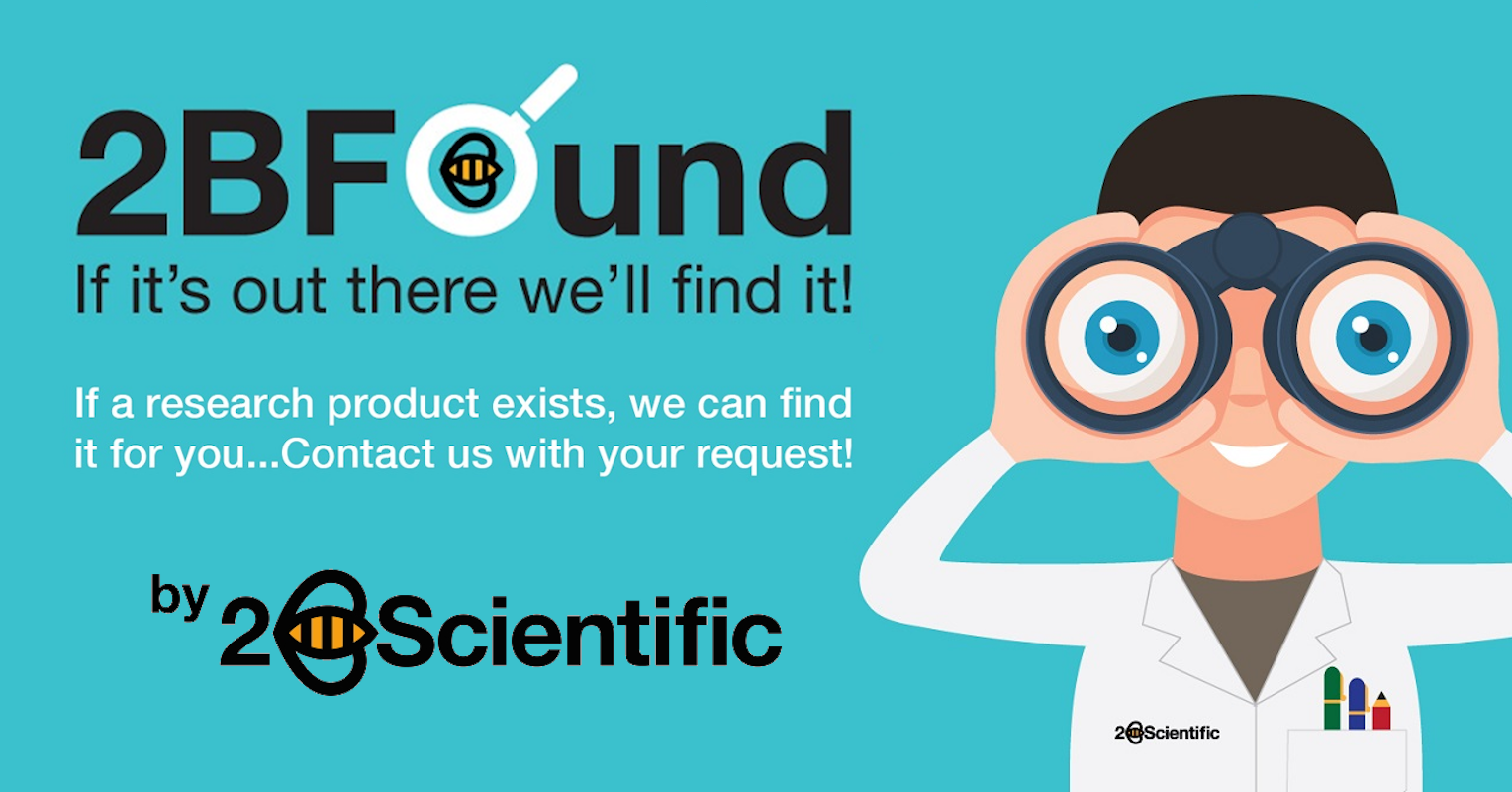HIV and AIDS - What can 2BScientific do to assist your critical and lifesaving research?
HIV stigma is outdated and harmful. Misinformation from past decades prevents people from getting tested, yet HIV affects all demographics. In the UK, thousands of people unknowingly live with the virus. Early diagnosis and treatment mean a long, healthy life. As a company, we’re committed to raising awareness, breaking stigma, and encouraging regular testing—because eliminating HIV starts with knowledge and support.
HIV (Human Immunodeficiency Virus) is a virus that attacks the body’s immune system, specifically targeting CD4 cells. This weakens the immune system, making an infected individual more vulnerable to infections and diseases, which can have increasingly severe effects. If left untreated, HIV can progress to AIDS (Acquired Immunodeficiency Syndrome), causing significant and irreversible damage to the immune system, leaving the body more susceptible to life-threatening opportunistic infections.
In 2023, an estimated 630,000 people lost their lives to HIV and HIV-related causes, while a further 1.3 million acquired the virus. By the end of the year, nearly 40 million people were living with HIV. While there is currently no cure, a combination of prevention, diagnosis, treatment, and care has made HIV a more manageable chronic health condition, allowing those affected to lead long and healthy lives.
The virus attacks the body’s white blood cells, weakening the immune system and making it easier to contract infections such as tuberculosis and certain types of cancer, which would otherwise be fought off by the body's natural defences. It is transmitted from person to person through bodily fluids, including blood, breast milk, semen, and vaginal fluids. In its advanced stages, HIV is defined by a CD4 cell count of fewer than 200 cells/mm³.
Learn more about HIV testing on our HIV testing landing page!
Phospholipid Envelope – A lipid bilayer derived from the host cell membrane that surrounds the virus, helping it evade the immune system.
Reverse Transcriptase – An enzyme that converts the viral RNA genome into DNA, allowing HIV to integrate into the host's genetic material.
RNA Genome – The genetic material of HIV, consisting of two single-stranded RNA molecules that carry the instructions for viral replication.
Protease – An enzyme that cleaves viral polyproteins into functional proteins, which are essential for assembling new virus particles.
Docking Glycoprotein (gp120) – A surface protein that binds to CD4 receptors on host immune cells, initiating the process of viral entry.
Transmembrane Glycoprotein (gp41) – A protein that facilitates fusion between the viral envelope and the host cell membrane, allowing the virus to enter the cell.
Capsid Protein (p24) – A structural protein that forms the conical core of the virus, protecting the viral RNA and enzymes inside.
Matrix Protein (p17) – A protein layer beneath the envelope that helps maintain the structural integrity of the virus and aids in viral assembly.

The virus attacks the body’s white blood cells, weakening the immune system and making it easier to contract infections such as tuberculosis and certain types of cancer, which would otherwise be fought off by the body's natural defences. It is transmitted from person to person through bodily fluids, including blood, breast milk, semen, and vaginal fluids. In its advanced stages, HIV is defined by a CD4 cell count of fewer than 200 cells/mm³.
HIV can be treated with ART (Antiretroviral Therapy), which often consists of a combination of tablets, such as Tenofovir or Truvada, or an injection. The specific treatment regimen varies depending on factors such as viral load, HIV strain, and potential drug resistance. While ART does not cure HIV, it helps individuals live longer, healthier lives and significantly reduces the risk of transmission by lowering a person's viral load to an undetectable level, which effectively eliminates the risk of sexual transmission.
HIV Related Products | |||
Antibody Based Products | |||
Assay Kits | |||
Proteins, Peptides and Small Molecules | |||
